The LEGO® Fan Community: AFOLs, LUGs, and Conventions
Introduction
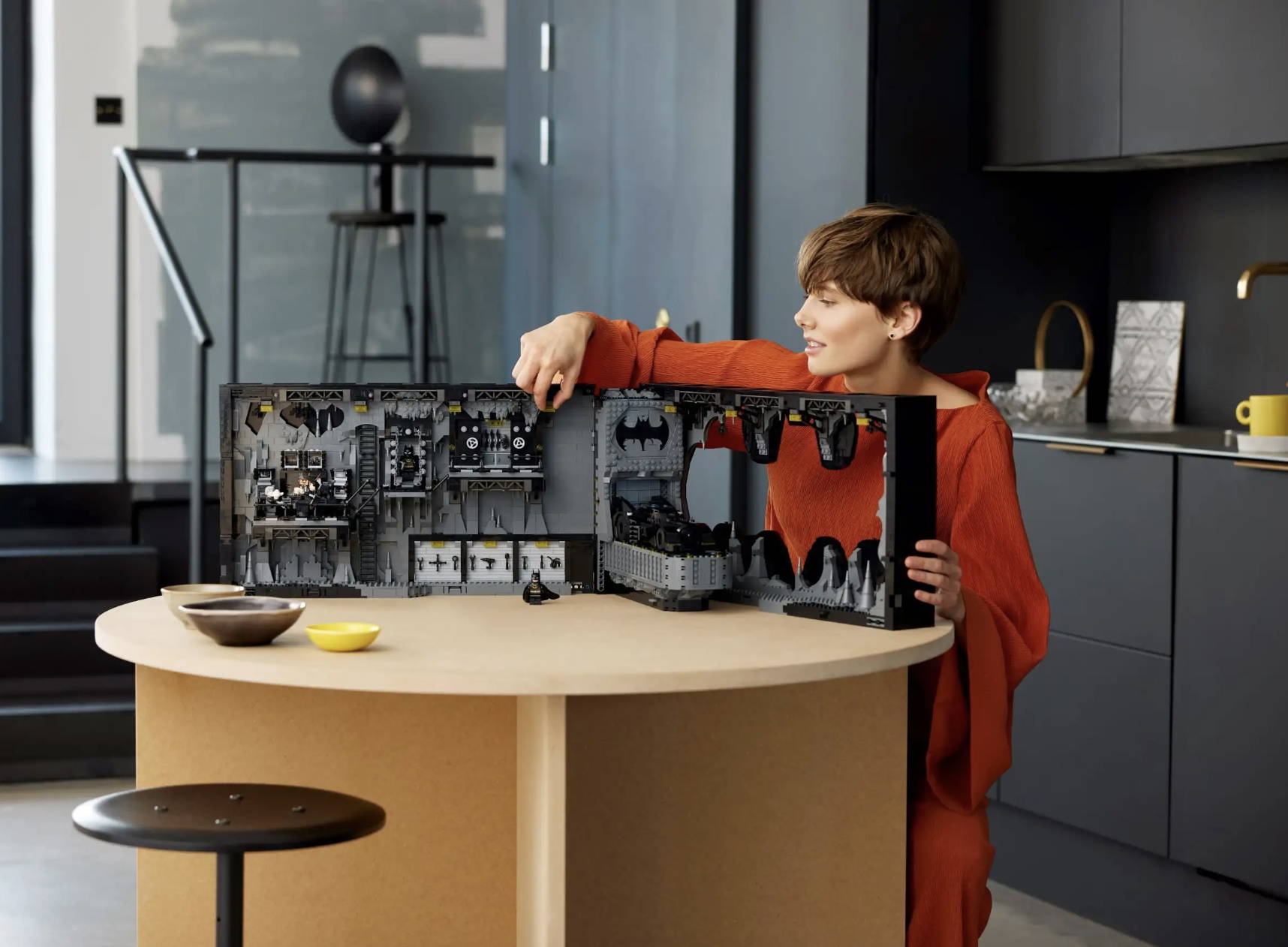
In the vast world of toys and collectibles, few brands have managed to cultivate a following as passionate, diverse, and enduring as LEGO. The iconic plastic bricks, initially designed as a child's plaything, have transcended age barriers, giving rise to a global community of enthusiasts that spans generations. This community, bound together by a shared love for creativity and construction, is not just limited to children but includes a significant number of adults who have carried their childhood passion into their mature years.
The LEGO® fan community is a vibrant tapestry of builders, collectors, artists, and educators. From the casual builder who enjoys the therapeutic process of following a set of instructions to the master creator who designs sprawling cityscapes or intricate sculptures, the spectrum of LEGO® enthusiasts is vast. But within this spectrum, certain groups and terms stand out: LEGO® AFOLs (Adult Fans of LEGO®), LUGs (LEGO® User Groups), and the numerous conventions that celebrate the brick.
But why does this community matter? Beyond the shared joy of building, the LEGO® fan community plays a pivotal role in the brand's global success. Their feedback drives innovation, their creations showcase the limitless potential of LEGO® bricks, and their gatherings—both physical and virtual—offer invaluable insights into market trends and consumer preferences. In essence, this community is not just a passive consumer base; they are active collaborators, shaping the trajectory of the brand.
Moreover, the relationship between LEGO® and its fans is symbiotic. While the brand provides the tools and platforms for expression, the community breathes life into them, constantly pushing the boundaries of what's possible with a simple brick. This dynamic interplay has ensured that LEGO® is not just a toy—it's a culture, a lifestyle, and a testament to the power of imagination.
AFOLs: Adult Fans of LEGO®
Definition and Origin of AFOL
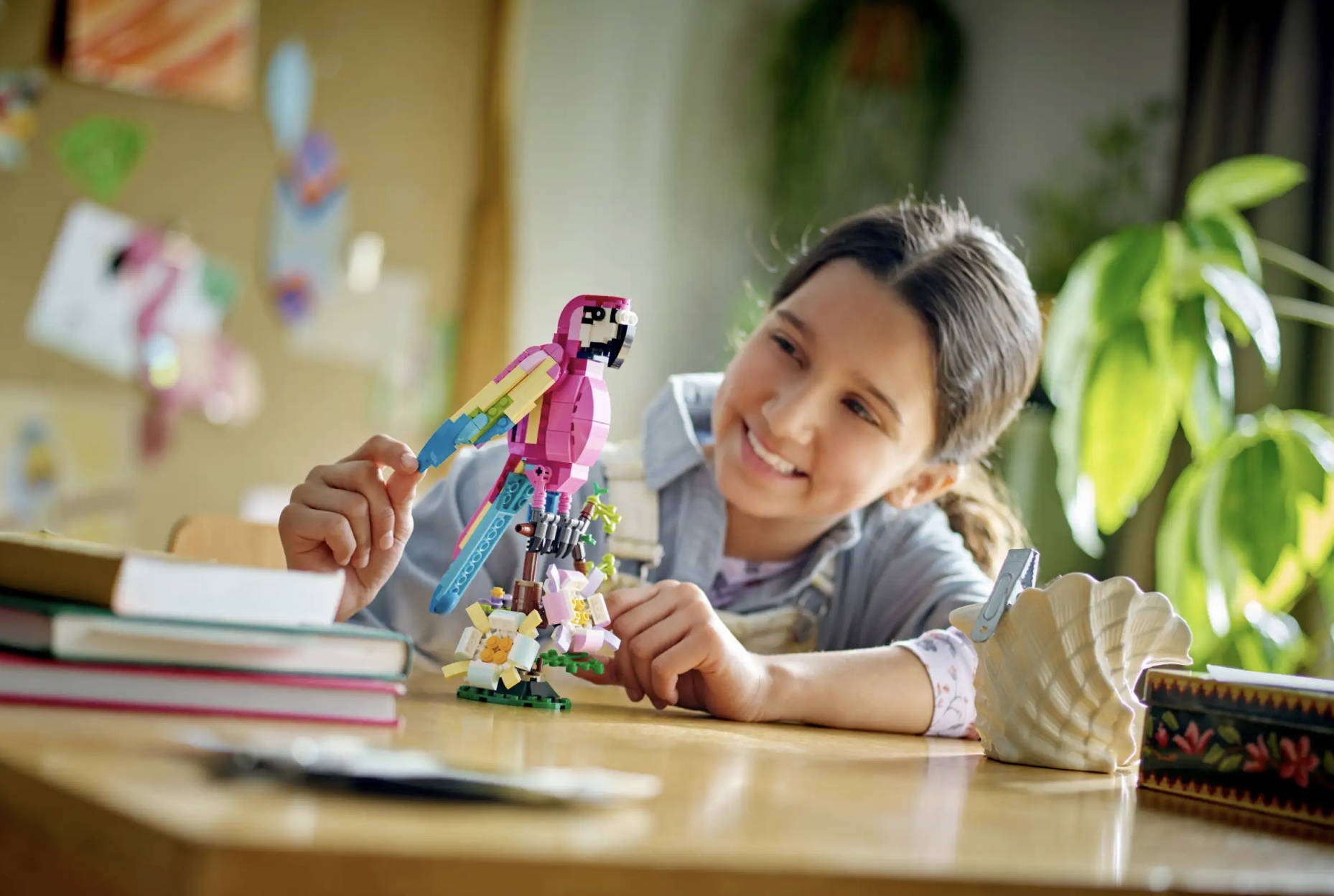
The term "AFOL" might sound like a cryptic acronym to the uninitiated, but within the LEGO® community, it holds a special significance. AFOL stands for "Adult Fans of LEGO®," a term that encapsulates a vast group of individuals who have carried their childhood passion for LEGO® into their adult lives.
The origin of the term is somewhat nebulous, but it began gaining traction in online LEGO® forums and communities in the late 1990s and early 2000s. As the internet became a gathering place for enthusiasts of all kinds, LEGO® fans found each other, and the term AFOL emerged as a badge of honor, a self-identification for those adults who proudly proclaimed their love for the brick.
Demographically, LEGO® AFOLs are as diverse as any group. They span continents, cultures, and age groups. From professionals in their 30s who see LEGO® as a creative outlet to retirees who have rekindled their childhood passion, the AFOL community is a melting pot of backgrounds and experiences.
The Evolution of community LEGO® AFOLs
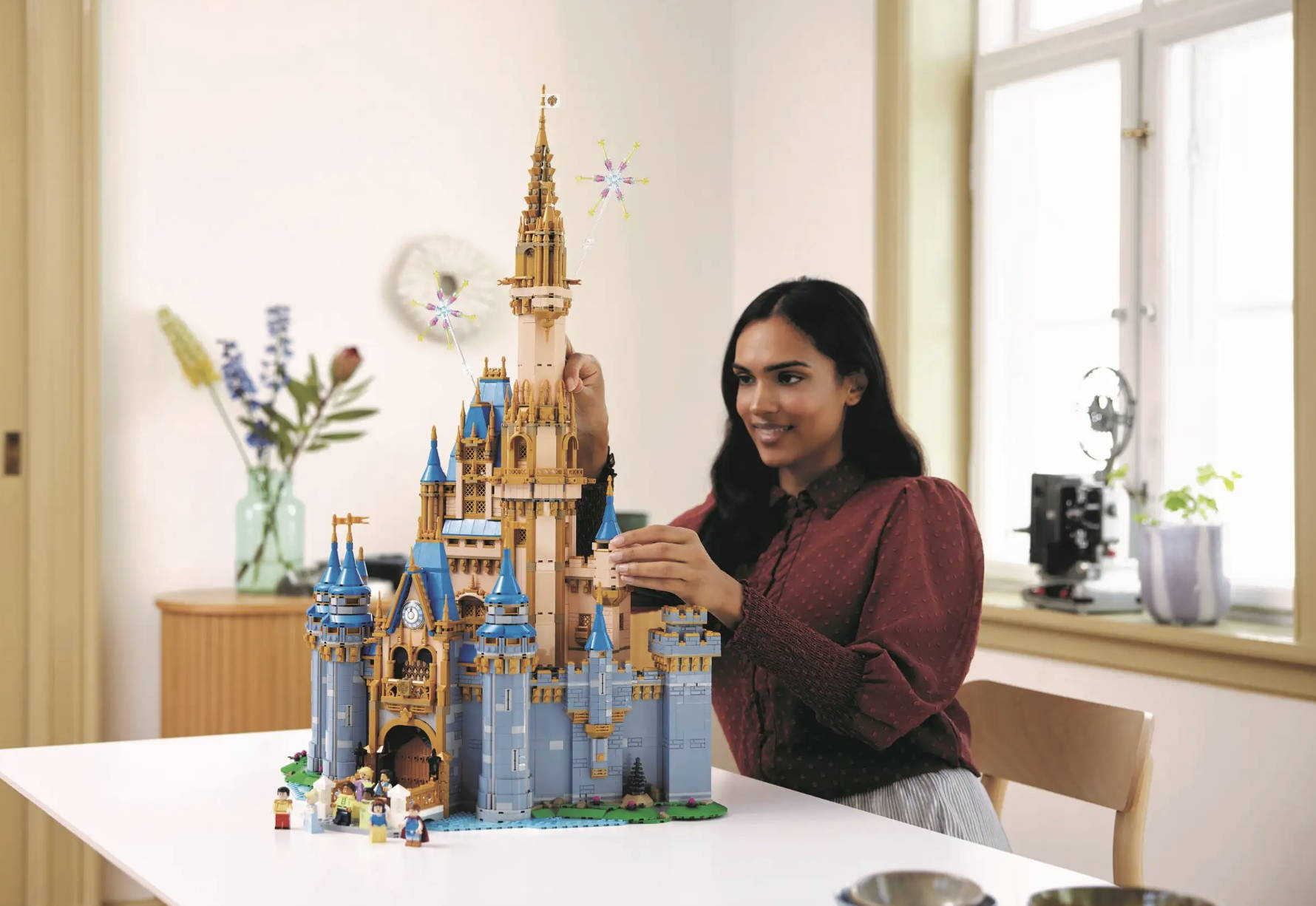
The journey from a child playing with their first LEGO® set to becoming an AFOL is unique to each individual. For many, the transition wasn't linear. They might have experienced a "dark age"—a period, often during adolescence or early adulthood, when they drifted away from LEGO. But the allure of the brick, combined with the memories of childhood, often draws them back.
Nostalgia plays a significant role in this return. The tactile sensation of clicking bricks together, the challenge of constructing a complex set, or the joy of creating something from scratch can transport an adult back to simpler times. But it's not just about reliving the past. For many AFOLs, LEGO® becomes a medium for artistic expression, a tool for relaxation, and even a means of social connection.
Impact of AFOLs community on the LEGO® Brand
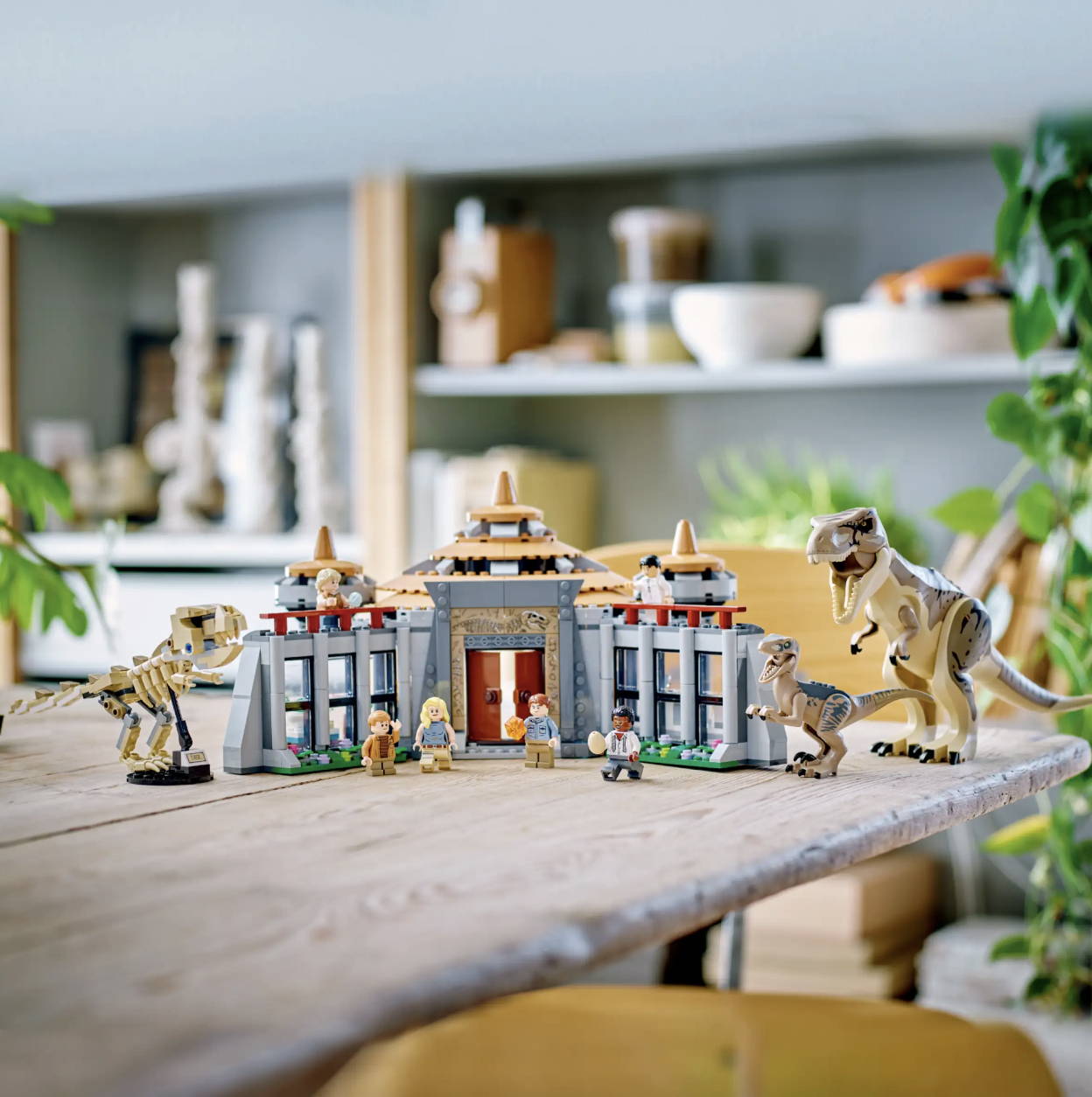
The influence of AFOLs community on the LEGO® brand is profound. Their dedication and passion have not only contributed to the brand's financial success but have also played a pivotal role in shaping its direction.
Many of the intricate and detailed sets available today, especially those under the "Expert" or "Architecture" lines, cater to the tastes and preferences of adult fans. These sets, often complex and requiring hours of focused building, are a testament to how LEGO® recognizes and values its adult fanbase.
Furthermore, AFOLs community often serve as unofficial brand ambassadors. They showcase their creations on social media, run blogs and YouTube channels dedicated to reviews and builds, and even organize community events. Their enthusiasm and genuine love for the brand make them powerful influencers, driving interest and sales.
Challenges Faced by AFOLs
Being an AFOL comes with its own set of challenges. One of the primary struggles is balancing their passion with daily responsibilities. For adults, LEGO® isn't just a pastime; it's often interwoven with family commitments, work, and other adult responsibilities. Finding the time, space, and resources to dedicate to their hobby can be a juggling act.
Moreover, societal stereotypes can sometimes cast a shadow over the joys of being an AFOL. The misconception that toys, including LEGO®, are solely the domain of children can lead to misunderstandings and even ridicule. Some AFOLs face dismissive comments or are met with bemusement when they share their passion.
However, the LEGO® community is tight-knit and supportive. AFOLs community around the world connect, share, and uplift each other, proving that passion transcends age, and that there's no age limit to creativity and imagination.
Your father can keep this on his desk at the office or in his study room at home. This can be a do-it-yourself project as it is quite easy to make. Well, you can start by picking out his favorite colors from the LEGO® bricks. Then you start putting it together, leaving a hole in the middle to serve as where the pens can stay. If your dad likes to draw, he can also store his drawing pencils here. This is a heartwarming gift that you can give to your dad and it would be much appreciated.
LUGs: LEGO® User Groups
Introduction to LUGs
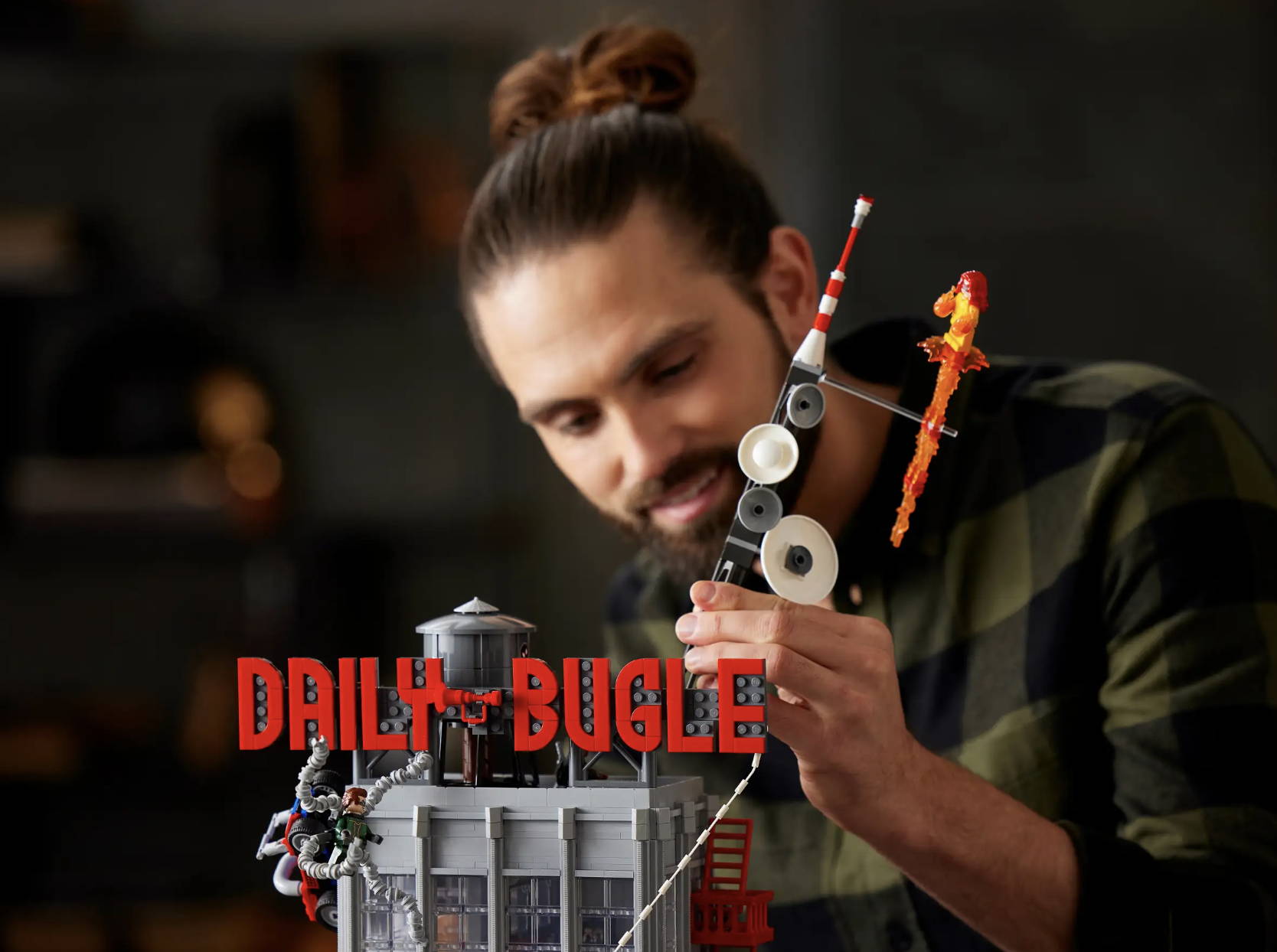
LEGO® User Groups, commonly known by the acronym LUGs, are organized communities of LEGO® enthusiasts who come together to share their passion for the iconic brick. These groups provide a structured environment for fans to collaborate, share ideas, display their creations, and engage in a variety of LEGO-related activities.
While casual fan gatherings might be spontaneous and less formal, LUGs are typically more organized, often having designated leaders, regular meetings, and specific goals or projects. They can be regional, focusing on local members, or thematic, centered around specific interests like trains, robotics, or architecture. LUGs offer a sense of belonging, providing members with a platform to dive deeper into their hobby alongside like-minded individuals.
The Growth and Spread of LUGs Worldwide
The concept of LUGs isn't a recent phenomenon. The first LUGs began to form in the early 1990s, primarily in Europe and North America, as the internet facilitated connections between LEGO® fans. These initial groups were often small, localized communities that met in person to exchange ideas and showcase their builds.
Over the years, as the popularity of LEGO® surged, so did the number and reach of LUGs. Today, virtually every continent boasts a plethora of LUGs, each with its unique flavor and focus. From Asia to Africa, from large metropolitan groups in cities like New York or Tokyo to smaller LUGs in towns and rural areas, the growth of these communities is a testament to the universal appeal of LEGO.
Activities and Initiatives by LUGs
LUGs are hubs of creativity and collaboration. Their activities often go beyond simple meet-and-greets, delving into a range of initiatives that enrich the LEGO® experience for their members.
• Community Building Events and Workshops: Many LUGs organize regular events where members can learn new building techniques, participate in challenges, or simply socialize. Workshops might be led by expert builders within the group or occasionally by guest speakers.
• Collaborative Builds and Displays: One of the hallmarks of LUGs is the collaborative projects they undertake. Members pool their resources and expertise to create large-scale displays, often showcased at conventions, local events, or even public spaces like libraries and museums. These collaborative builds can range from intricate city dioramas to recreations of famous landmarks.
LUGs and the LEGO® Group
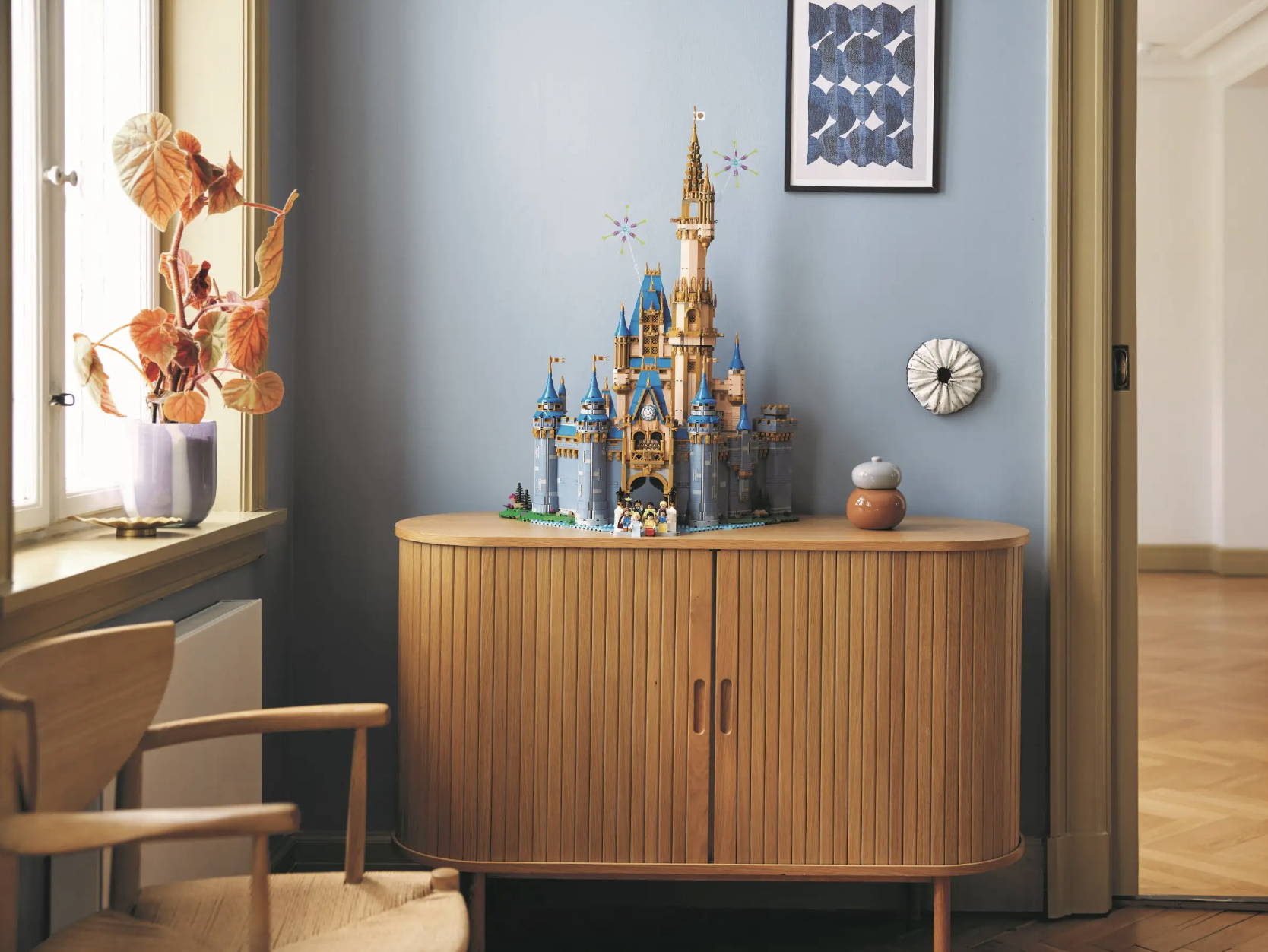
The relationship between LUGs and the LEGO® Group is a special one, characterized by mutual respect and collaboration. Recognizing the value these passionate communities bring to the brand, LEGO® has taken steps to support and nurture them.
• Official Recognition and Support: The LEGO® Group has a formal recognition program for LUGs. Recognized LUGs receive various benefits, including direct communication channels with the company, access to exclusive events, and even early information about upcoming sets and themes.
• LUGBULK Program: One of the most coveted perks for recognized LUGs is the LUGBULK program. This initiative allows LUG members to order LEGO® parts in bulk at discounted prices. It's especially beneficial for groups undertaking large collaborative projects, ensuring they have the necessary bricks without breaking the bank.
In essence, the bond between LUGs and the LEGO® Group exemplifies the brand's commitment to its fanbase. It's a partnership that celebrates creativity, community, and the enduring magic of the humble LEGO® brick.
LEGO® Conventions and Events
Overview of LEGO® Conventions
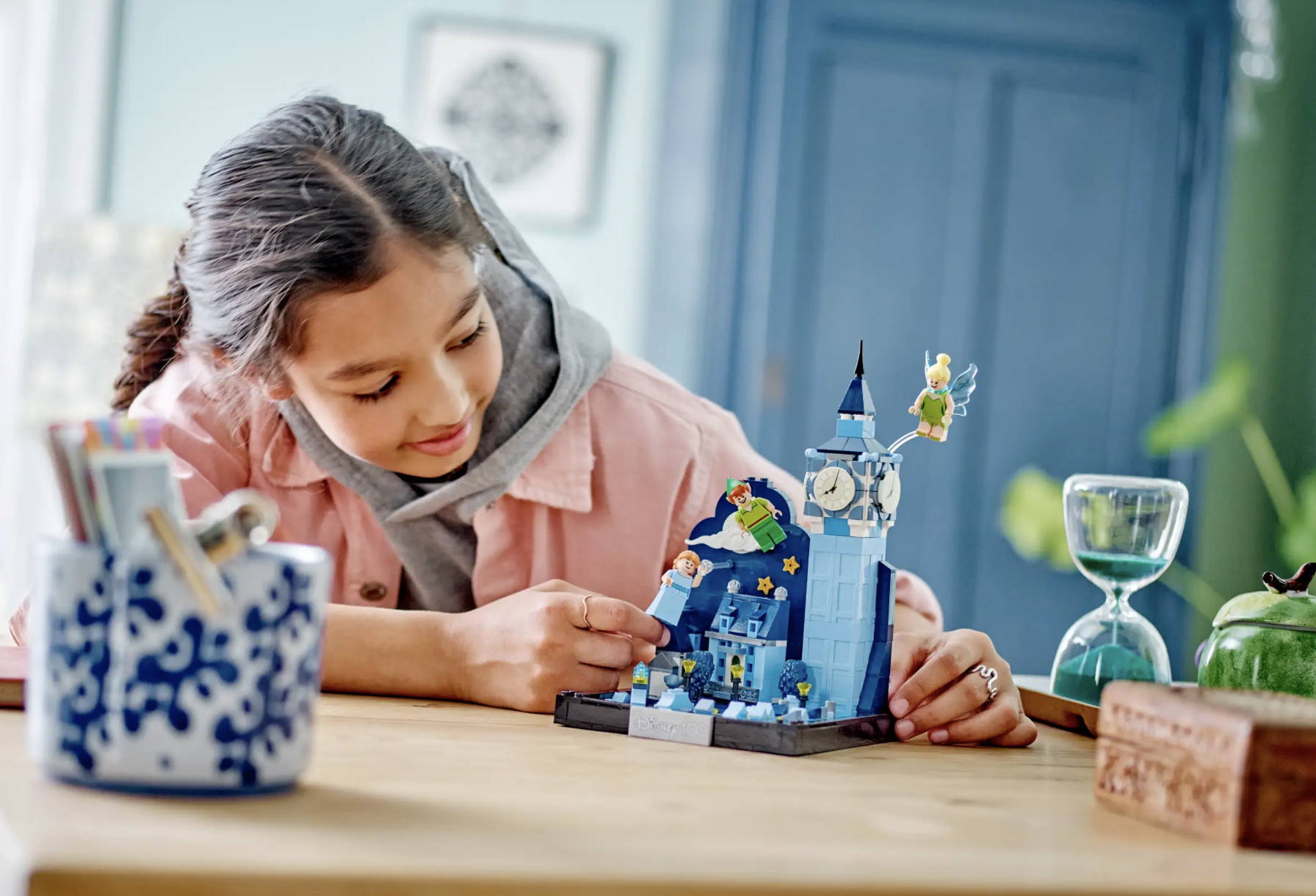
In the realm of LEGO®, conventions are more than just events; they are grand celebrations of creativity, innovation, and community. Over the years, these gatherings have grown from modest meet-ups of brick enthusiasts to large-scale events attracting thousands of attendees from around the world.
The significance of dedicated LEGO® events cannot be overstated. They serve as focal points for the community, places where fans can immerse themselves in the world of LEGO®, share their creations, and learn from one another. These conventions often feature a blend of displays, workshops, vendors, and interactive sessions, offering a comprehensive LEGO® experience.
While many conventions are officially endorsed or sponsored by the LEGO® Group, there's a rich tapestry of fan-run events. These fan-led conventions, though they might lack official branding, are often teeming with passion, creativity, and grassroots energy. They are organized by fans, for fans, and represent the heart and soul of the LEGO® community.
Major LEGO® Conventions Worldwide
• BrickFair: Held annually in multiple locations across the U.S., BrickFair is one of the premier LEGO® fan events. It boasts vast display areas, interactive games, and a vibrant vendor section. Each iteration of BrickFair often has a theme, around which many of the displays and activities are centered.
• BrickCon: Hosted in Seattle, BrickCon is one of the longest-running LEGO® conventions. It's known for its massive collaborative builds and a strong sense of community. Attendees often praise its workshops, which delve deep into advanced building techniques and design philosophies.
• Brickworld: With events in cities like Chicago and Indianapolis, Brickworld is a staple in the LEGO® convention circuit. It stands out for its emphasis on innovation, often showcasing builds that push the boundaries of what's possible with LEGO. From automated cityscapes to intricate mosaics, Brickworld is a testament to the versatility of the brick.
Each of these conventions, while sharing a common love for LEGO®, has its unique flavor and highlights. Whether it's the intimate community vibe of BrickCon, the grandeur of BrickFair, or the innovative spirit of Brickworld, attendees are guaranteed a memorable experience.
LEGO® customer service for unhappy clients
Activities and Attractions at Conventions
Conventions are a LEGO® enthusiast's paradise, offering a plethora of activities and attractions tailored to the brick.
• MOC Displays: MOC, or "My Own Creation," displays are the heart of any LEGO® convention. These are custom builds, ranging from small vignettes to sprawling dioramas, showcasing the creativity of fans. They represent hours of dedication and often feature innovative techniques and designs.
• Workshops, Panels, and Discussions: Conventions are not just about displaying; they're also about learning. Workshops led by seasoned builders delve into specific techniques, from landscaping to lighting. Panels might feature LEGO® designers discussing the process behind creating official sets or addressing upcoming trends in the LEGO® world.
• Vendors and Exclusive Merchandise: For those looking to expand their collection or find rare pieces, the vendor section is a treasure trove. From vintage sets to custom parts, there's something for every LEGO® aficionado. Additionally, conventions often feature exclusive merchandise, from limited-edition sets to unique minifigures, making them a must-visit for collectors.
The Role of Conventions in the Broader LEGO® Community
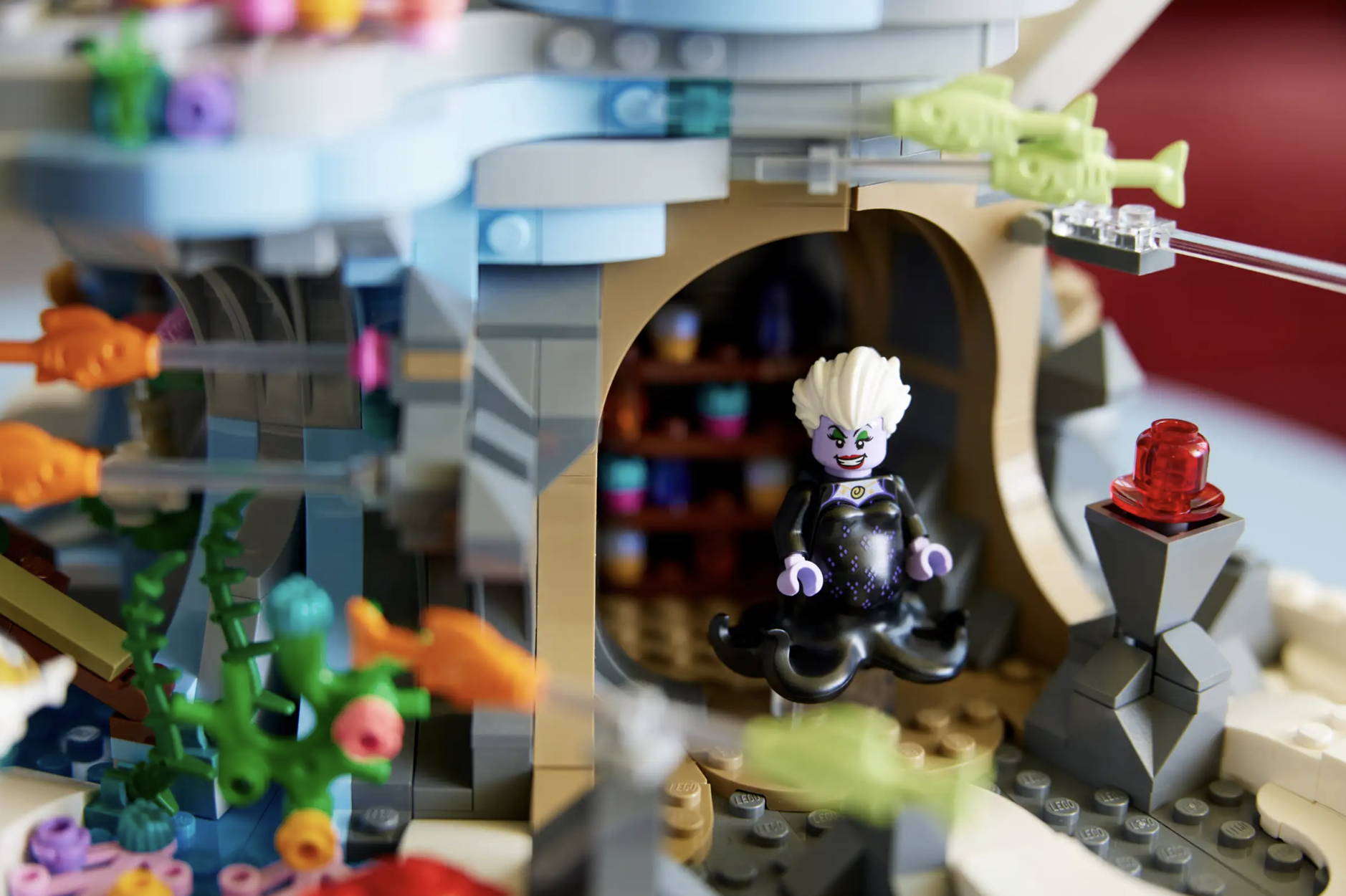
LEGO® conventions are more than just events; they are catalysts that drive the community forward. They offer unparalleled networking opportunities, allowing fans to connect with designers, influencers, and other enthusiasts. These interactions often lead to collaborations, friendships, and even career opportunities in the world of LEGO.
Furthermore, conventions play a pivotal role in promoting new sets and themes. The LEGO® Group often uses these events to showcase upcoming releases, gauging fan reactions and building hype. The feedback loop is invaluable, with fans providing insights, suggestions, and ideas that can influence future designs.
In essence, conventions are the lifeblood of the LEGO® community. They foster connections, drive innovation, and celebrate the unbridled passion fans have for the humble brick.
The Digital Realm of the LEGO® Fan Community
Online Forums and Websites
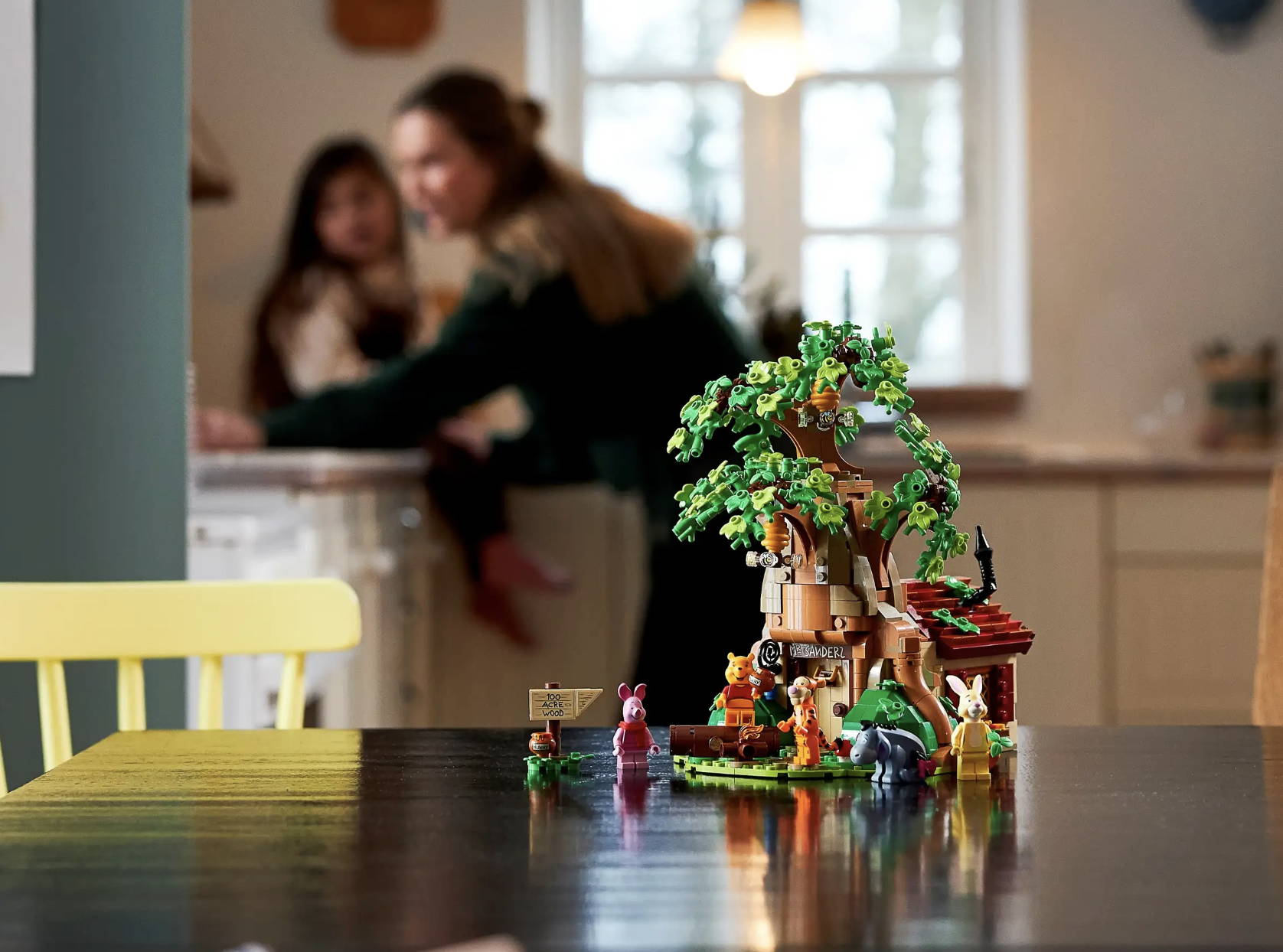
The digital age has ushered in a new era for LEGO® enthusiasts, providing platforms where fans can connect, share, and collaborate without geographical constraints. Websites like Eurobricks, a forum dedicated to discussions ranging from set reviews to custom creations, have become hubs for the global LEGO® community. Brothers Brick, on the other hand, serves as a news outlet, highlighting the latest sets, fan creations, and LEGO-related events. Brickset is the go-to database for many, cataloging every set ever released and offering a platform for fans to track their collections.
These digital platforms play a crucial role in knitting together the global LEGO® community. They offer spaces where fans from different continents, cultures, and backgrounds can come together over a shared passion. Whether it's seeking advice on a challenging build, sharing a custom creation, or simply discussing the latest LEGO® news, these forums and websites ensure that every fan, regardless of location, has a voice in the broader community.
Social Media and LEGO® Fandom
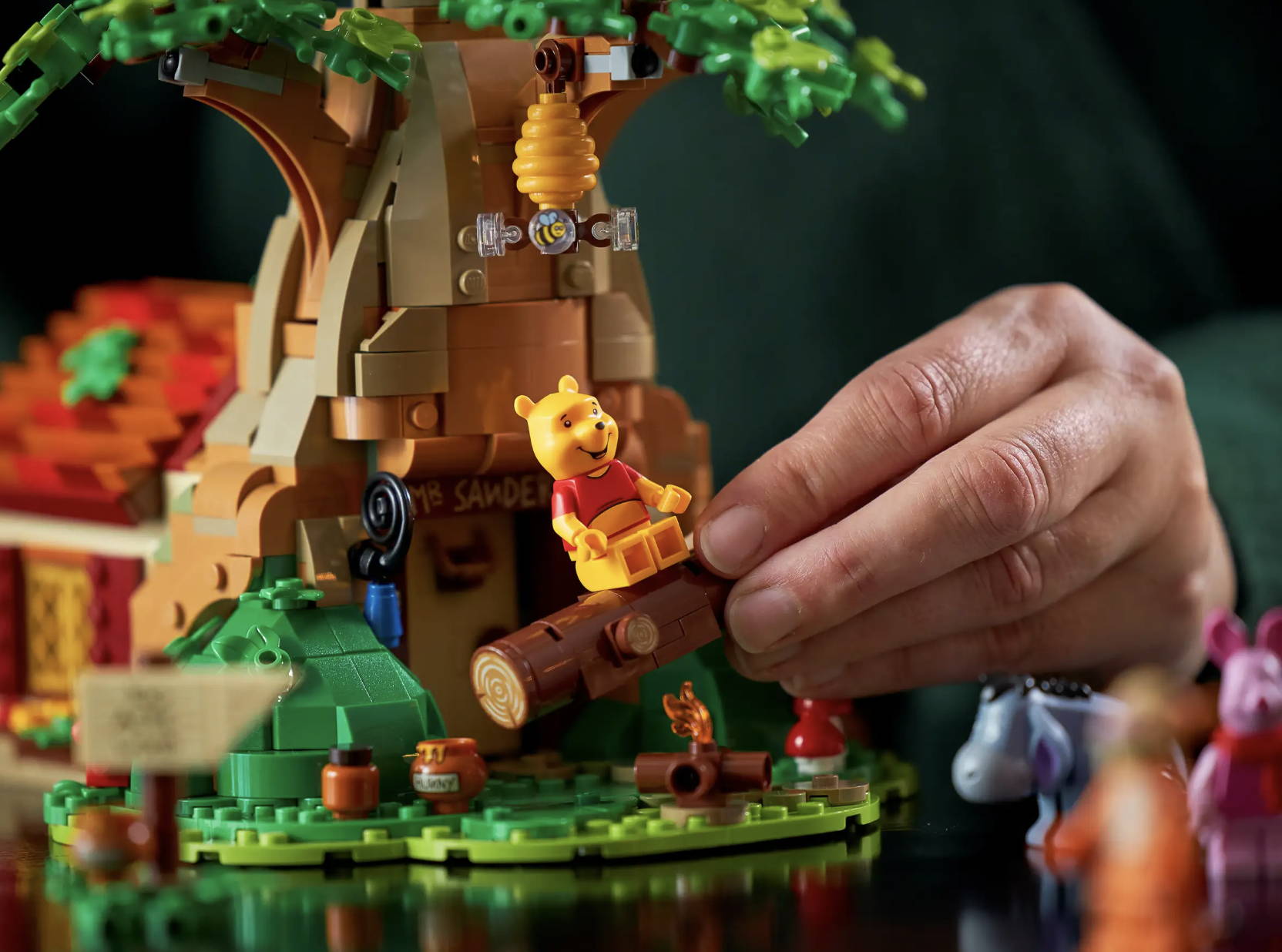
The rise of social media has added a dynamic dimension to the LEGO® fandom. Platforms like Instagram have become showcases for AFOLs and young fans alike, with creators posting images of their latest builds, often accompanied by stories or building insights. YouTube channels dedicated to LEGO® range from review segments, time-lapse build videos, to tutorials on advanced building techniques. The visual nature of LEGO® makes it a perfect fit for these platforms, allowing for vibrant and engaging content.
TikTok, the newer entrant in the social media scene, has seen a surge in LEGO-related content. From quick build challenges to humorous skits involving minifigures, the platform offers a fresh and fast-paced take on LEGO® fandom.
The digital nature of these platforms also means that trends can emerge and spread rapidly. Challenges, like specific build prompts or themed month-long building marathons, can quickly gain traction, engaging fans worldwide and fostering a sense of global community.
Virtual LEGO® Conventions and Events
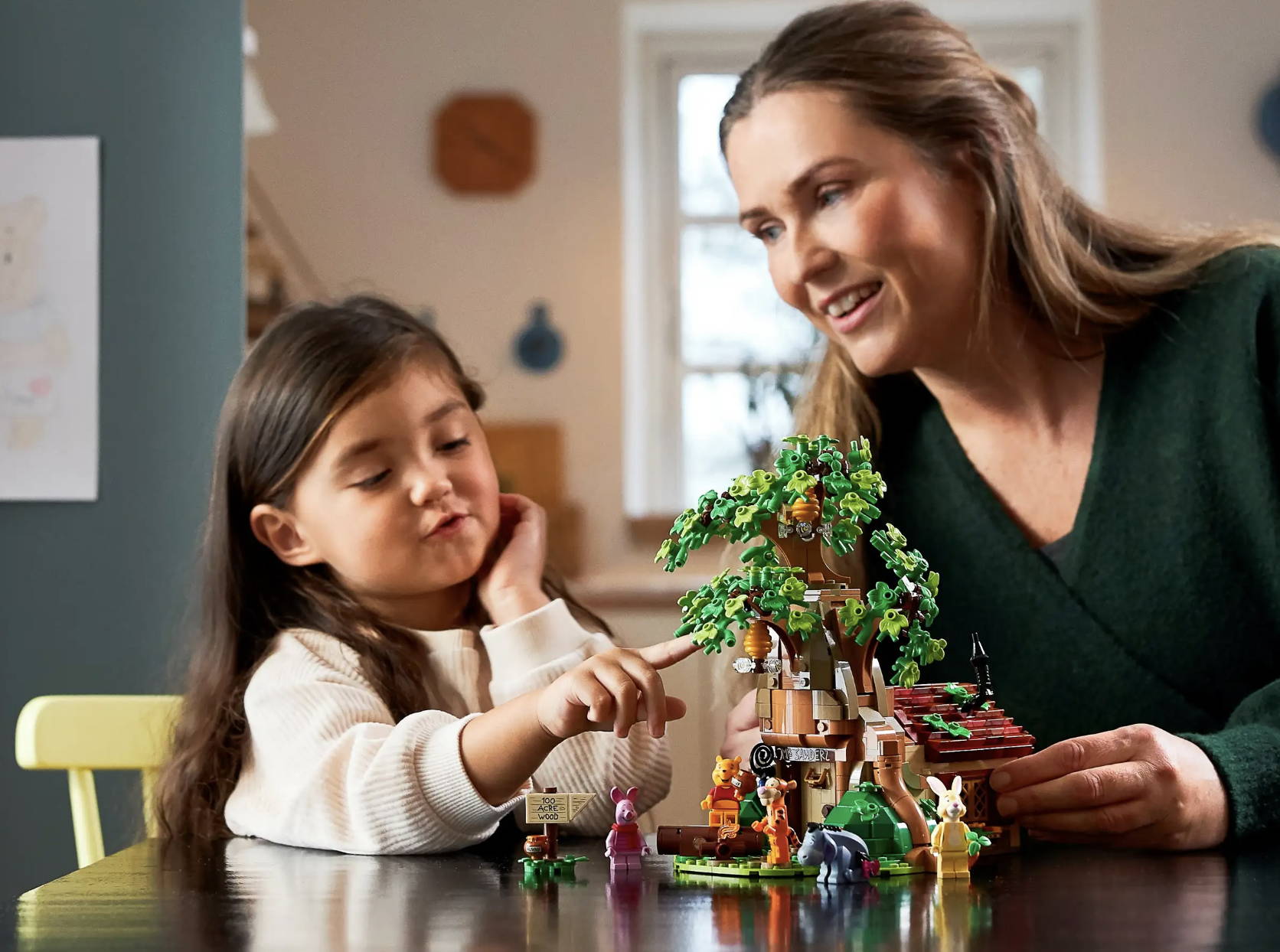
The COVID-19 pandemic brought unprecedented challenges, but it also highlighted the resilience and adaptability of the LEGO® community. With physical conventions and gatherings becoming untenable, the community pivoted to virtual events. These online conventions, hosted on platforms like Zoom or Discord, sought to replicate the experience of a physical event, complete with MOC displays, workshops, and panel discussions.
The benefits of virtual conventions are manifold. They are accessible to a broader audience, with fans from different parts of the world being able to attend without the constraints of travel. They also offer flexibility, with sessions often being recorded for later viewing.
However, virtual events also come with their set of challenges. The tactile nature of LEGO® means that digital displays can't fully capture the intricacies of a build. Networking, a significant component of physical conventions, can also be trickier in a virtual setting.
Despite these challenges, the success of virtual LEGO® conventions underscores the community's commitment to staying connected and engaged, even in the face of adversity. It's a testament to the enduring spirit of the LEGO® fan community and its ability to adapt and thrive in a changing world.
The Future of the LEGO® Fan Community
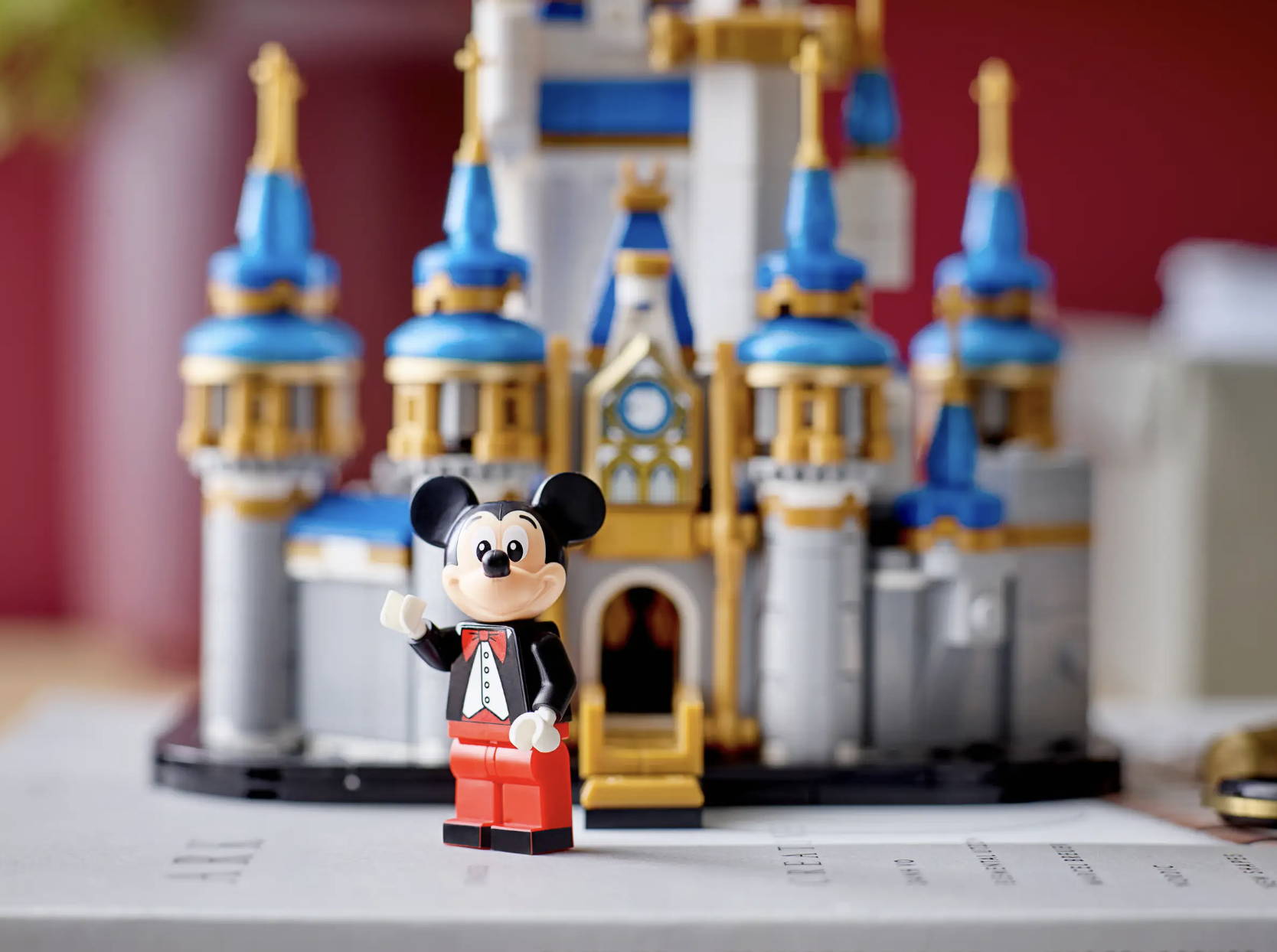
Predicted Growth and Evolution of the Community
The LEGO® community, with its rich history and global reach, is poised for continued growth and evolution. Several factors drive this optimistic outlook. The universal appeal of LEGO®, transcending age, culture, and geography, ensures a steady influx of new fans. Moreover, the brand's commitment to innovation, evident in its diverse range of sets catering to various interests, from architecture to pop culture, keeps the fan base engaged and growing.
The digital age presents a plethora of opportunities for fan engagement. While forums and social media platforms have been instrumental in connecting fans, the rise of augmented and virtual reality technologies could revolutionize how fans interact with LEGO. Imagine virtual building collaborations or augmented reality displays that bring LEGO® creations to life in unprecedented ways. The potential for new platforms and mediums is vast, limited only by imagination.
Upcoming LEGO® Conventions and Fan Initiatives
The post-pandemic world will likely see a resurgence of physical LEGO® conventions, with fans eager to reconnect in person. While specific dates and details of upcoming events might vary, attendees can expect a blend of traditional convention staples, like MOC displays and workshops, combined with innovations inspired by the virtual conventions of the pandemic era.
Hybrid events, which combine physical displays with virtual components, might become more commonplace, allowing for broader participation. Innovations in fan gatherings could also include more interactive displays, leveraging technology to make the convention experience more immersive. For instance, QR codes next to MOCs that lead to builder interviews or building tutorials, or augmented reality stations that add a dynamic layer to static displays.
The Continued Partnership Between Fans and the LEGO® Group
The relationship between the LEGO® Group and its fan community has always been one of collaboration and mutual respect. As the brand looks to the future, this partnership is set to deepen further. With the wealth of creativity and expertise within the fan community, LEGO® might explore more avenues to involve fans in decision-making processes, from set design to theme selection.
Crowdsourcing initiatives, where fans can submit designs and vote on potential new sets, like the LEGO® Ideas platform, could expand, offering fans a more direct say in the products that hit the shelves. Collaborative design sessions, where LEGO® designers and fans come together in workshops (either virtually or in person), could also become a regular feature.
This continued partnership underscores a fundamental truth about the LEGO® brand: it is as much shaped by its fans as it is by the company behind it. The symbiotic relationship ensures that the brand remains dynamic, relevant, and true to its core values of creativity, innovation, and community. As the LEGO® fan community looks to the future, it does so with optimism, confident in its continued growth and the endless possibilities that lie ahead.
Conclusion
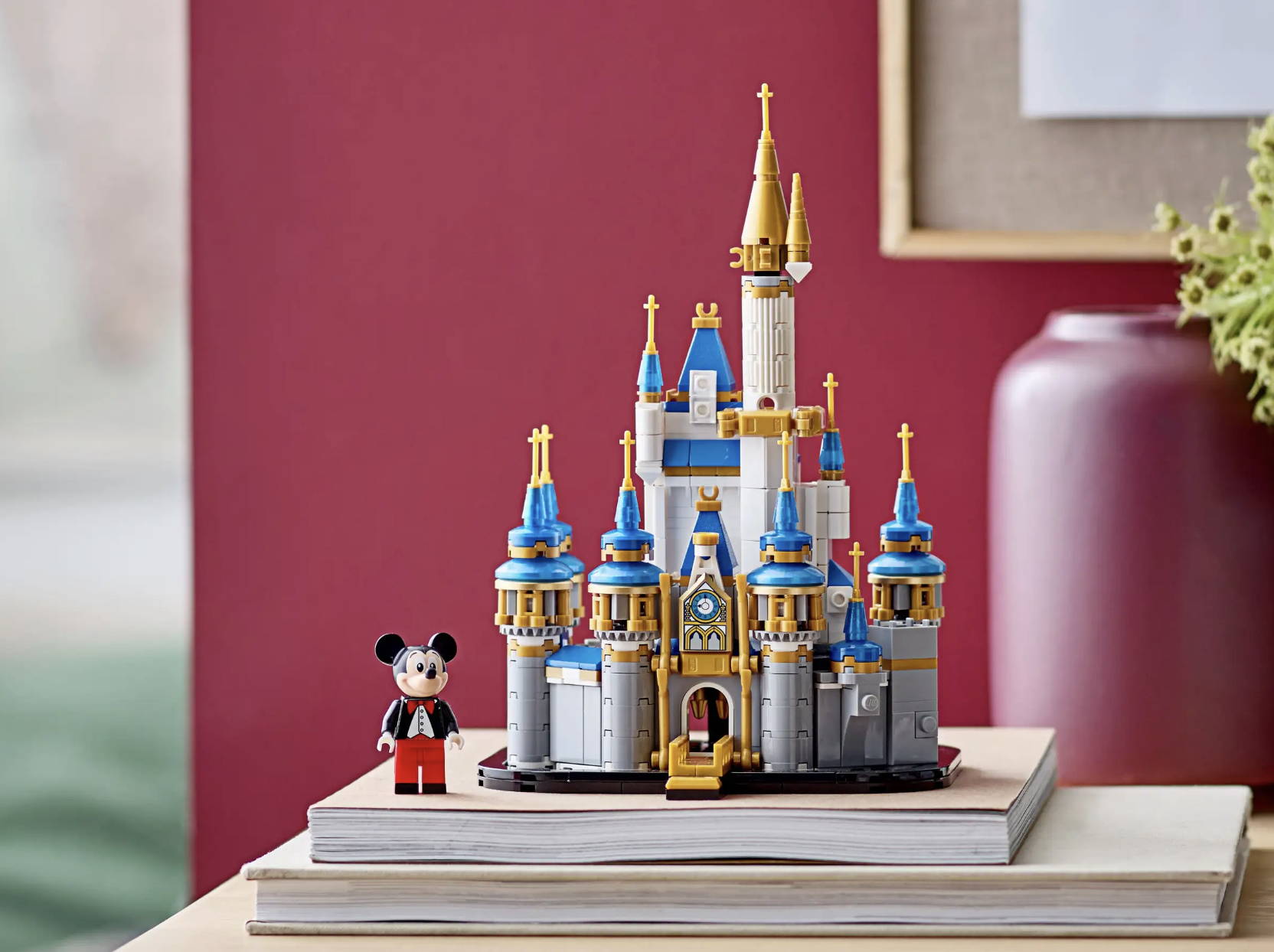
As we journey through the vibrant tapestry of the LEGO® fan community, from its humble beginnings to its global expanse, one truth stands out: the enduring passion for LEGO® is more than just a fleeting interest—it's a way of life. This passion, which ignites the imagination of a child piecing together their first set, continues to burn brightly in the hearts of adults who see in each brick not just a toy, but a canvas for creativity, a tool for expression, and a link to cherished memories.
The LEGO® brand, with its iconic bricks and imaginative sets, has undoubtedly played a pivotal role in fostering this passion. However, it's the fan community that has truly kept the LEGO® spirit alive and thriving. This community, with its diverse members from all walks of life, is the lifeblood of the LEGO® world. They are the builders who spend hours crafting intricate masterpieces, the collectors who cherish every set, the influencers who share their love for the brick with the world, and the organizers who bring fans together in conventions and online forums. Their collective energy, creativity, and commitment ensure that the world of LEGO® is ever-evolving, dynamic, and relevant.
It's in the hushed conversations between fans discussing a new building technique, in the gasps of awe as a massive collaborative display is unveiled at a convention, and in the shared laughter as builders reminisce about their "dark ages" and their journey back to the brick. These moments, both big and small, capture the essence of the LEGO® fan community—a community bound together by a shared love, a shared history, and a shared vision for the future.
For those who are yet to dive into this world, there's an open invitation. The LEGO® community, with its welcoming spirit, is always eager to embrace new members. Whether you're a novice builder taking your first tentative steps or a seasoned enthusiast with a vast collection, there's a place for you here. And it's not just about building; it's about contributing to a legacy, to a story that's been unfolding for decades and will continue to do so for generations to come.
To the newcomers, the journey with LEGO® is as rewarding as the destination. There will be challenges—sets that test your patience, builds that don't quite turn out as envisioned, and perhaps even moments of doubt. But with each challenge comes growth, with each misstep comes learning, and with each build comes a sense of accomplishment. And through it all, the community will be there, cheering you on, offering advice, and celebrating your successes.
In conclusion, the world of LEGO® is a testament to the power of imagination, the joy of creation, and the bonds that form when individuals come together over a shared passion. It's a world where age is just a number, where creativity knows no bounds, and where every brick holds the potential for endless possibilities. As the LEGO® fan community looks to the future, it does so with hope, with excitement, and with the knowledge that the best is yet to come. So, to all the fans, both old and new, here's to the next chapter in this incredible journey, to the memories yet to be made, and to the countless builds that await. The world of LEGO® is as vast as our imaginations, and together, there's no limit to what we can create.
Top




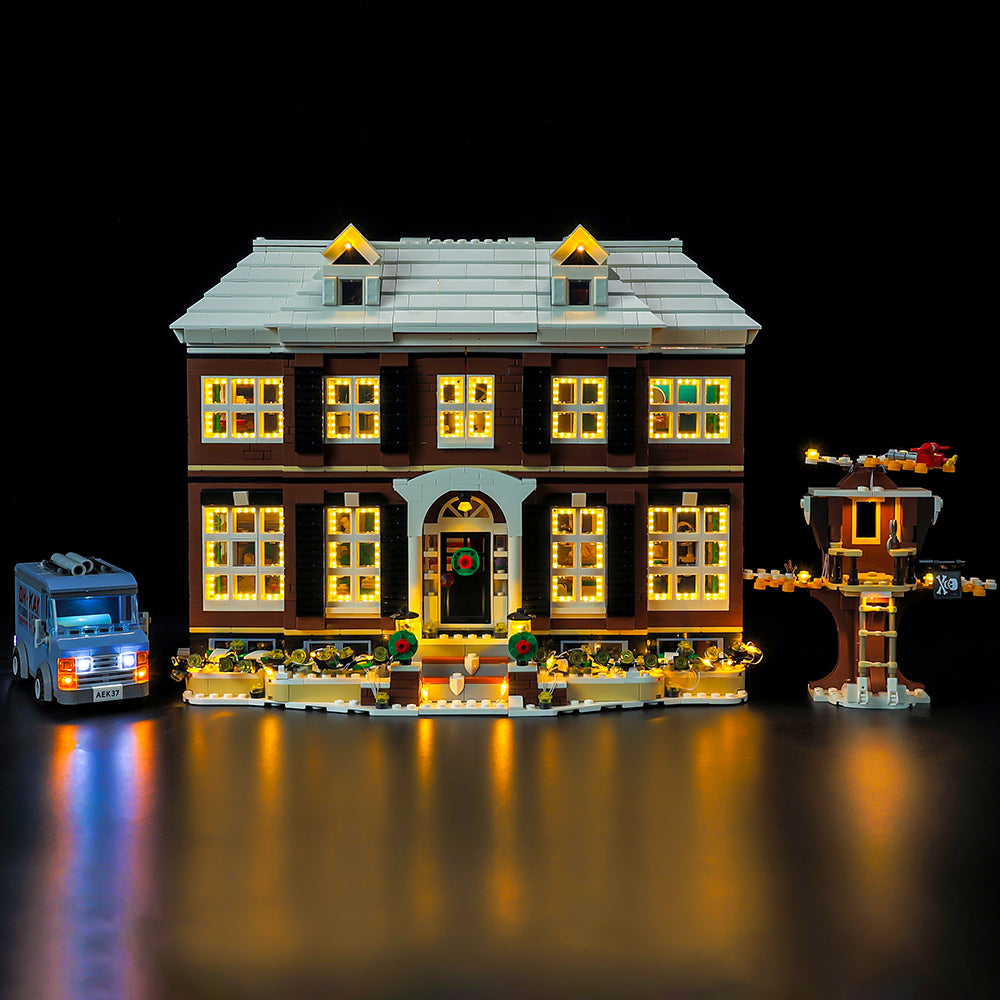







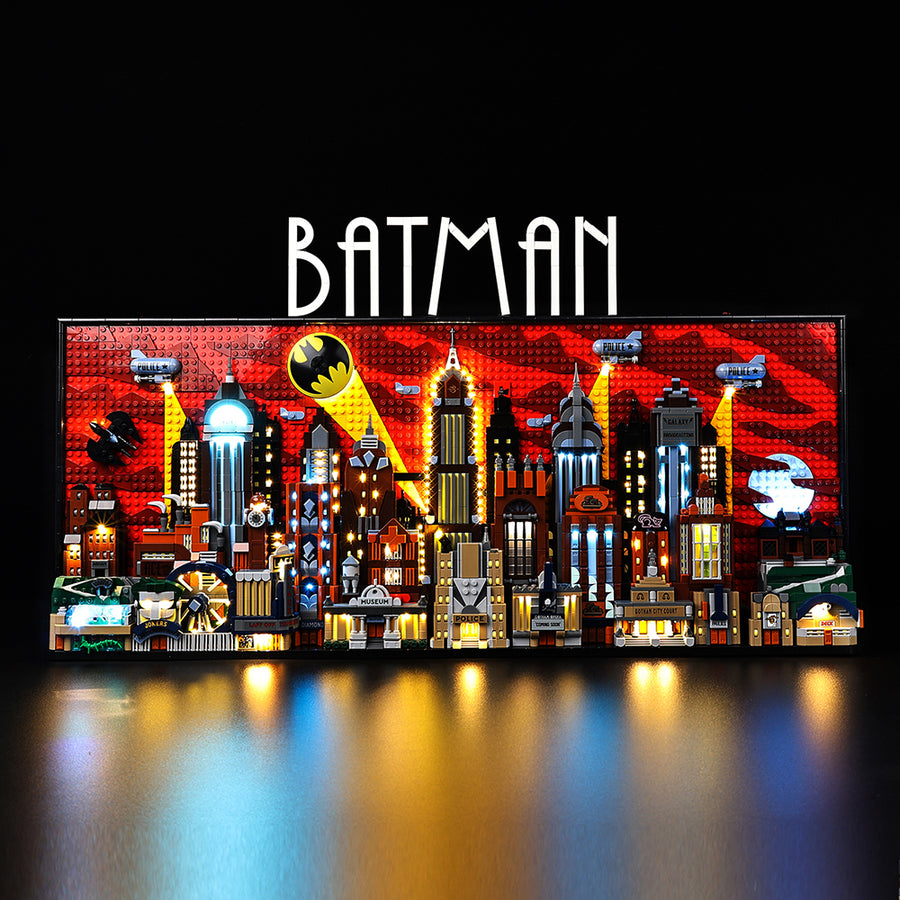
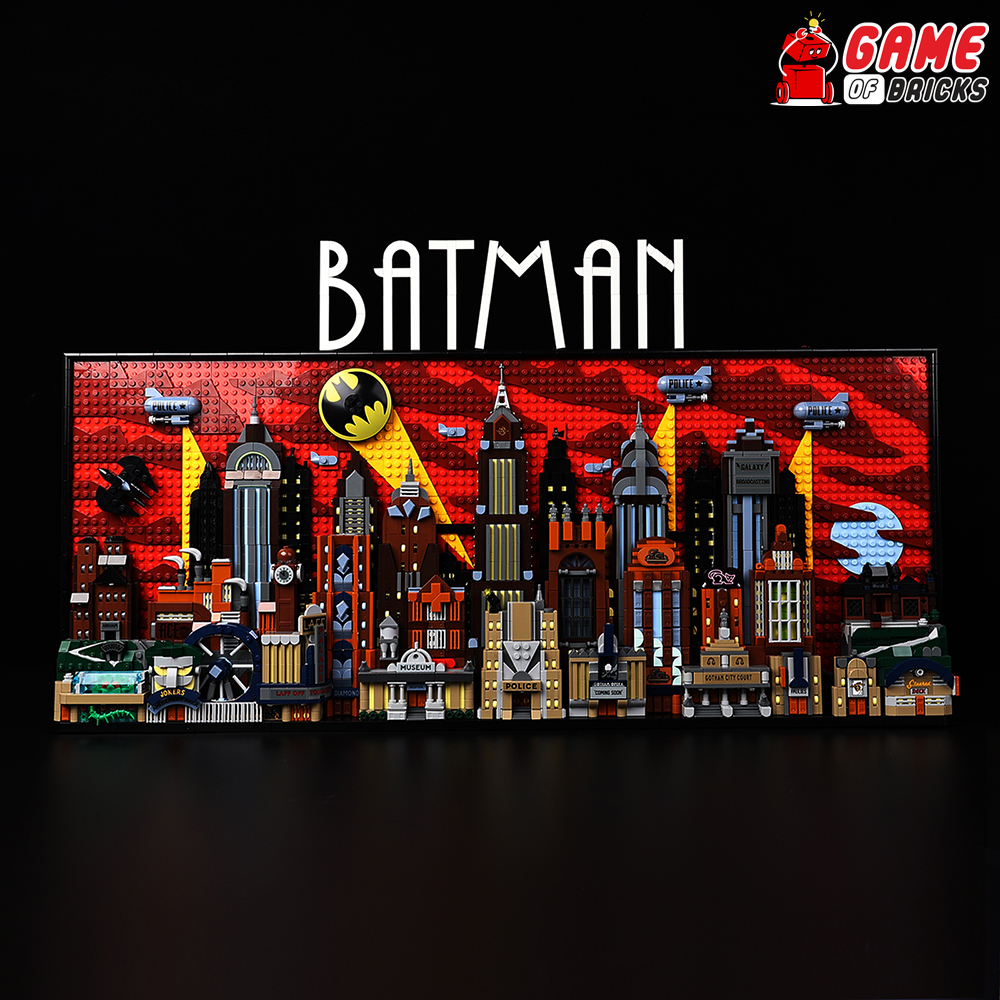
Leave a comment